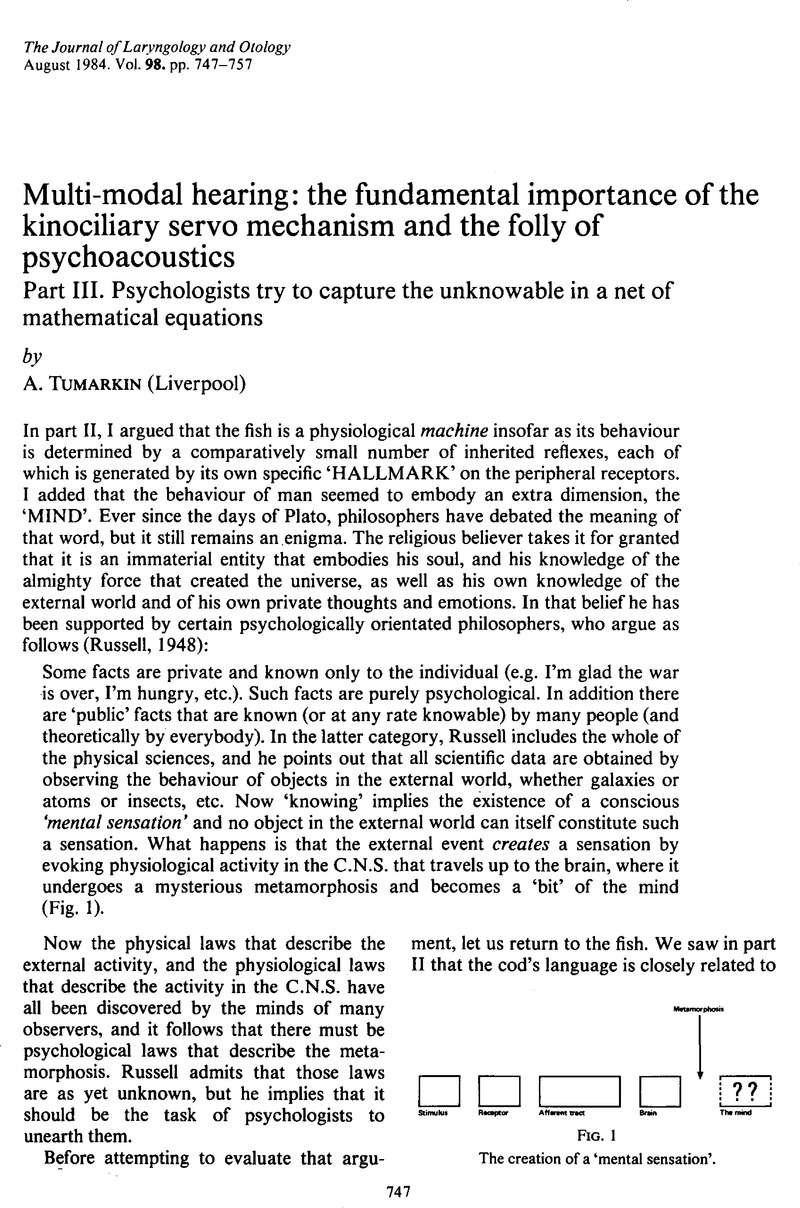Crossref Citations
This article has been cited by the following publications. This list is generated based on data provided by Crossref.
Tumarkin, A.
1986.
Stereocilia versus kinocilia Part I: in the acoustic sensors.
The Journal of Laryngology & Otology,
Vol. 100,
Issue. 9,
p.
1009.



